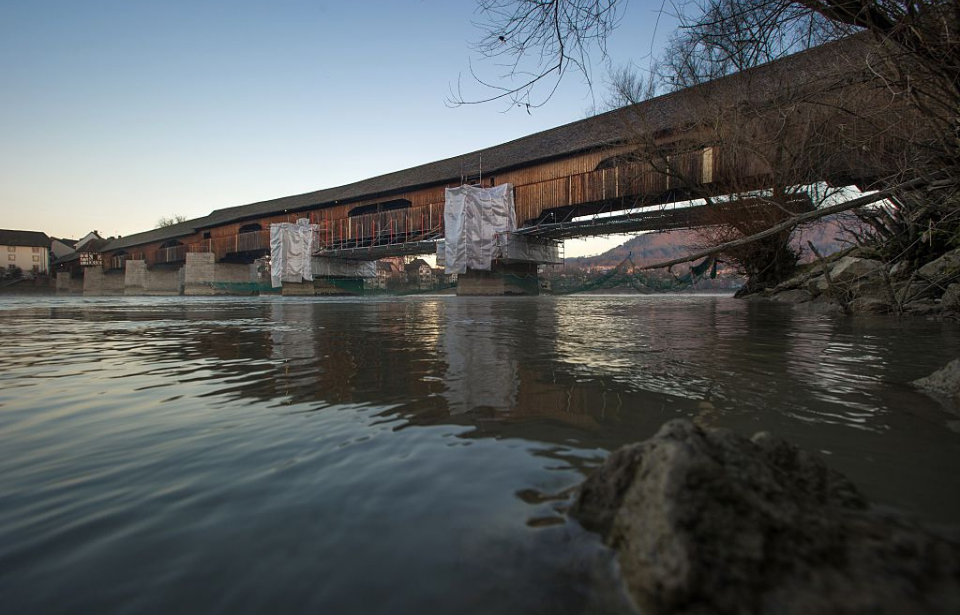Switzerland has long been considered one of the most neutral countries in the world, having always endeavored to avoid war. That resistance to conflict, however, doesn’t mean its government and military weren’t ever prepared for potentially catastrophic situations. In fact, they went so far as to ensure the country’s roads blew up, if necessary.
Ramping up the construction of bomb shelters during the Cold War
Switzerland shares a border with Germany, Italy, France, Austria and Liechtenstein. During the Cold War, the country worried its citizens would be in severe danger if nuclear bombs were ever deployed. As a result, the government and military devised a plan to ensure everyone would be safe if such an event were to occur.
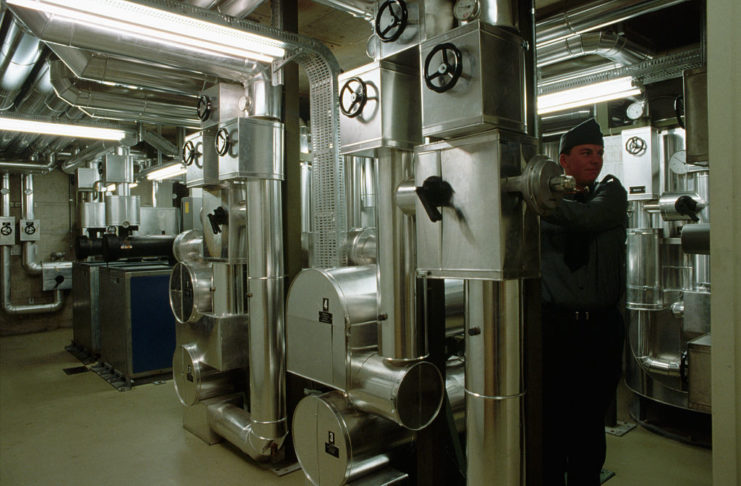
In 1978, a law was passed that required new buildings to have a bomb shelter – and Switzerland now has a lot. If there was a nuclear disaster, there’s enough shelter space for its 8.77 million citizens, with room for additional individuals.
Swiss roads were designed to blow up
Switzerland has managed to remain neutral since the 1815 signing of the Treaty of Paris, but it has some built-in advantages that work in the country’s favor. This includes the Swiss Alps, where they planned to engage in guerrilla warfare in an area naturally designed to make an invasion treacherous for any opposing force. It also has compulsory military service, requiring all able-bodied male citizens to enter into service upon reaching the age of majority.
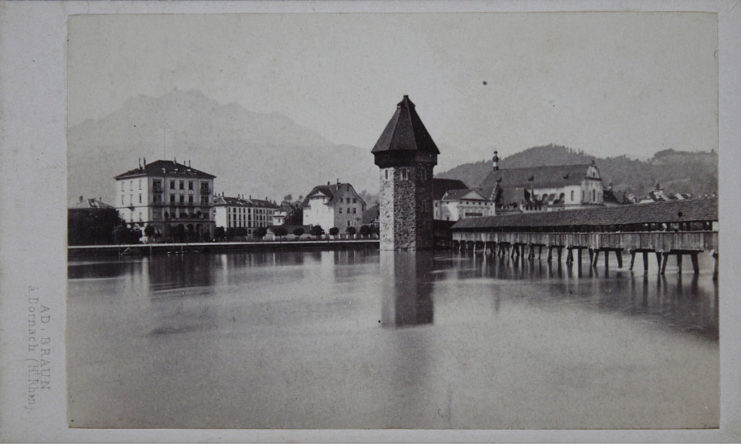
The country, however, took another step to make itself near impregnable. As author Geoff Manaugh writes, “To interrupt the utility of bridges, tunnels, highways, railroads, Switzerland has established three thousand points of demolition. That is the number officially printed. It has been suggested to me that to approximate a true figure a reader ought to multiply by two.”
This practice began in the 1800s and ramped up during the Second World War. The idea was if Switzerland were to be invaded, the citizens of the country could easily hide out in underground bunkers, and the ability to destroy bridges and tunnels would make it difficult for an enemy opponent to advance.
Things in Switzerland were much different than they seemed
In addition to the dynamite sitting underneath bridges and tunnels, Switzerland had some more tricks up its sleeves. After the bridges and tunnels were demolished, enemy forces may have looked to rebuild the structures. The Swiss prepared for this by hiding artillery underground, in an effort to thwart these attempts.
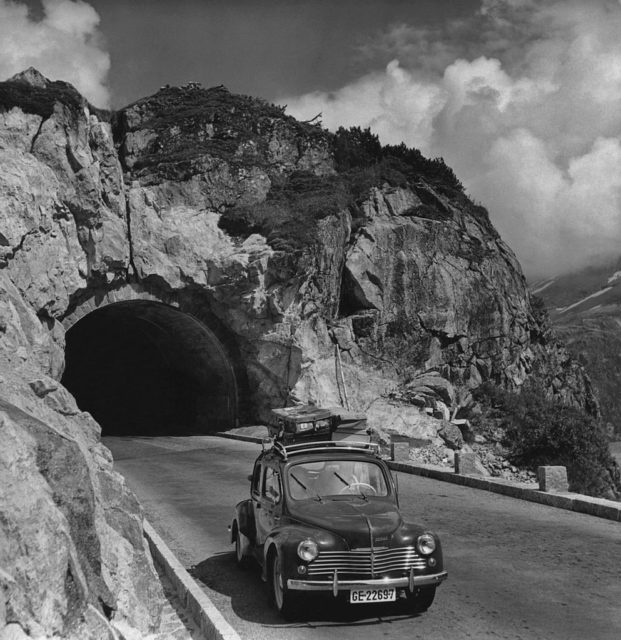
In 1984, John McPhee wrote a book about the Swiss defenses, titled La Place de la Concorde Suisse. The Pulitzer Prize-winning author pointed out that the engineers working on these projects were, by default, also members of the Swiss military. As such, when they were making their plans, they were doing so in dual roles.
Soldiers also played a part in the defense
All along the Swiss countryside, one can find beautiful houses. Back in the 1970s and ’80s, many of these residences were intentionally unoccupied to allow the military to load them up with guns and ammunition. If troops ever found themselves without supplies, one of these homes were always somewhat close by.
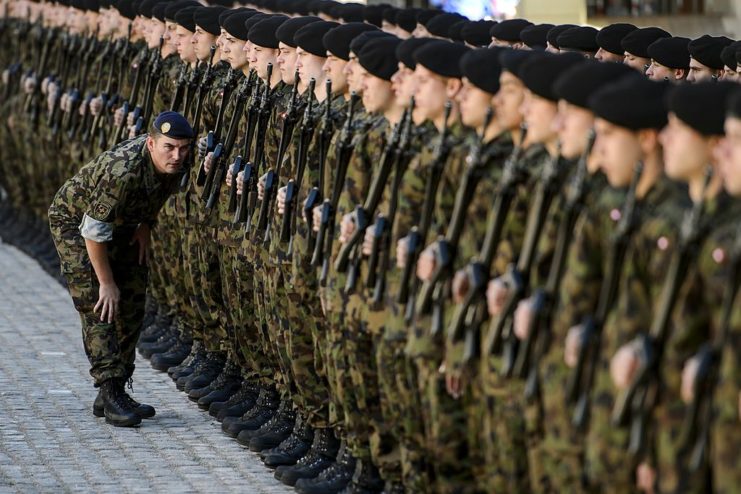
Soldiers would also be positioned in bunkers all along the area. While some of these were built into the fake houses, others were in caves. As reporter Anneka Borken explains, “Although the bunkers only had to deceive at a minimum distance of 20 meters… they painted realistic window shutters, created perfect imitations of wood grain, and even took the position of the sun into consideration.”
Things have changed over the years
With the Cold War coming to an end just over 30 years ago, Switzerland hasn’t continued to see a need for these types of defenses. Many of the underground shelters remain, but over time the destructive devices planted under bridges and tunnels have slowly been removed.
More from us: A Shark Wreaked Havoc on the US Navy’s Nuclear Submarine Fleet
Switzerland also found a purpose for the many fake houses that had been built all over the country: rehabbing them into domiciles citizens can actual inhabit. This has allowed them to be sold to those looking for new homes.
